

Table of contents
- gain seed
- substrate
- step by step
- Location
- pricking
- time
- Alternative to sowing
Propagating canna from seeds is relatively expensive and difficult. Nevertheless it is possible. The following instructions show how to do it and what to look out for when propagating.
gain seed
If you want to get seeds directly from a canna, you must first wait for the flower to bloom and not remove it even after it has faded. Only when the fruiting bodies have formed can they be removed and opened. Of course, an easier alternative is to buy cannabis seeds in stores or online.
substrate
For germination you need either:
- potting soil
- commercial potting soil.
- herbal soil
Cultivation soil is recommended. This type of substrate contains fewer nutrients and thus prevents sprouting too quickly. The young plants will grow more slowly but also stronger. The only potential downside to low-nutrient soil is that young plants will need to be pricked out and transplanted into potting soil later.
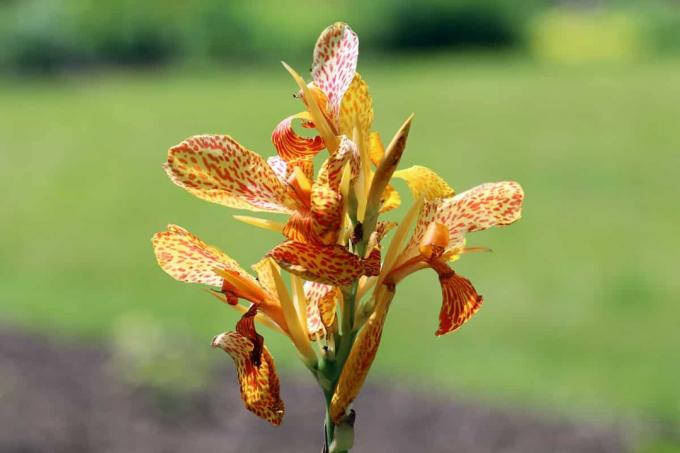
step by step
In order for the seed to germinate, you need the following utensils:
- Foil, glass or transparent plastic bags
- if necessary indoor greenhouse
- planters
- seed
- sandpaper
- Peel
- substrate
- Water
Once these are ready, sowing can begin. These steps are necessary for this:
1. File off the shell
This step is optional. Canna seed beads have a very hard and relatively thick shell. As a result, it takes a long time for the seed to sprout. However, this waiting time can be shortened if you help out and file off the black coating slightly. The white interior should then show through slightly. Make sure, however, that you do not injure the seed with this measure. Place the seeds on sandpaper and rub them in a circular motion.
2. soaking
The seed beads are soaked in water for two days. The bowl should be in a warm and sheltered place so that the seed swells and later sprout well.
3. deploy
The seeds are placed on the chosen substrate and lightly covered with soil. Make sure there is enough space between the individual grains. It should be at least two centimeters. Otherwise, later pricking will be difficult.
4. moisten
If you want to grow cannas, the substrate must be kept constantly moist. You can place the seed pots in water until the soil is saturated or spray them with water.
5. Cover
You should cover the planters to keep the substrate and seed moist. Glass plates, an indoor greenhouse, transparent film or plastic bags are suitable for this. Air them out once a day to prevent mold from forming.
Tip:
If you decide to grind, wear work gloves, use a plate or spoon for the measure. This protects you from injury. Also sterilize the soil. This reduces the risk of mold and rot.
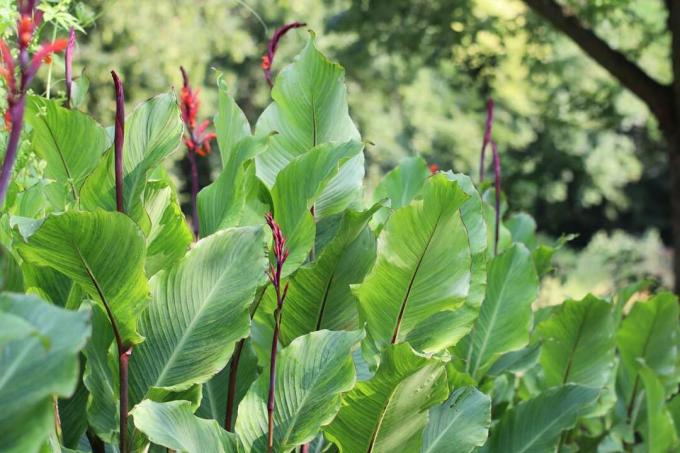
Location
Cannas need a warm, bright location. They should be sheltered and not exposed to draughts. For example, the following are ideal:
- the living room
- above the heater
- windowsills
If there is no space above the heater, an electric blanket can be used. Alternatively, you can use a heated mini greenhouse.
pricking
When the canna seeds have sprouted and the young plants have reached a height of five to ten centimetres, they can be pricked out. This means that the plants are placed individually in separate planters. You should also change the substrate and switch from potting soil to potting soil.
time
The best time for sowing is spring. However, you can grow the plants all year round. This requires the right temperature and sufficient light. However, 20 to 25 °C and a bright location can also be achieved with a heater or an electric blanket and a plant light.
Alternative to sowing
A quicker and easier way to propagate is by dividing the roots. Here, the tubers are severed in the middle. After the cut surfaces have dried, the newly formed daughter plants are placed separately in the substrate and watered. Propagation is carried out in spring and is much faster and easier than sowing.
 Home editorial office
Home editorial office
Learn more about grafting and propagating plants
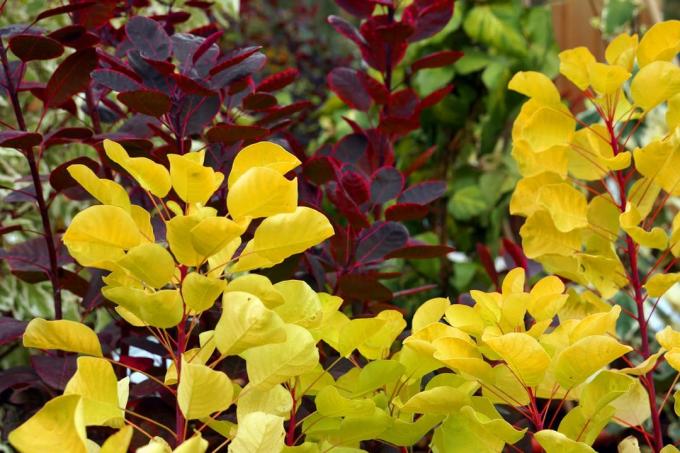
Increase smoke bush: 9 steps to success
As pretty as the immigrant wig tree is to look at, it is as adaptable and easy to care for in this country. So give me new copies! It is best to propagate yourself from your own garden. The propagation material is free, the work is manageable and success is (almost) guaranteed.

Propagating Pilea by cuttings in just 4 steps
The Pilea has many names, all referring to the shape of its leaves. It doesn't get very big, but is still robust and easy to care for, making it the ideal houseplant, even if it rarely flowers indoors.
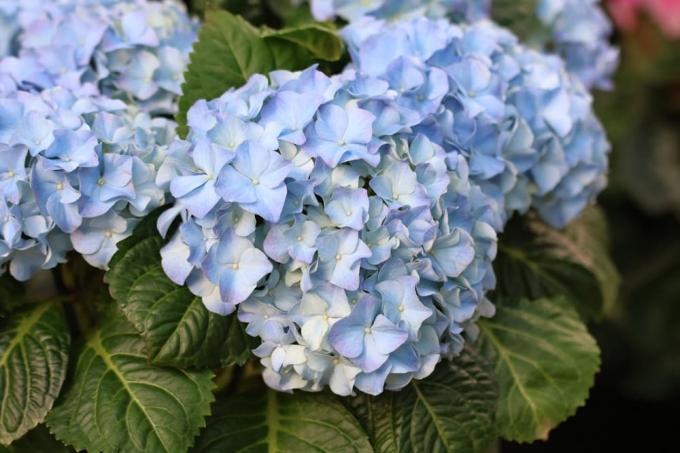
Propagation by head cuttings - How it's done | Instructions
Propagation by cuttings is very easy to do. As a result, another specimen of the mother plant presents itself promptly, with the same appearance and the same properties. With this method, there are a few important points to consider in order to successfully propagate plants.
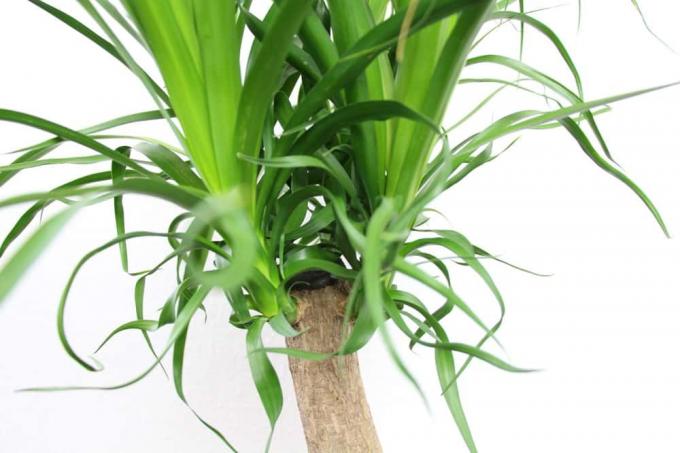
Stem cuttings: 10 tips for propagating cuttings
Propagation from cuttings is quite easy to do. The offspring from a stem cutting is no exception. The success rate is quite good. All you have to do is follow a few tips, and then the offspring of new plants will work well even for inexperienced hobby gardeners.
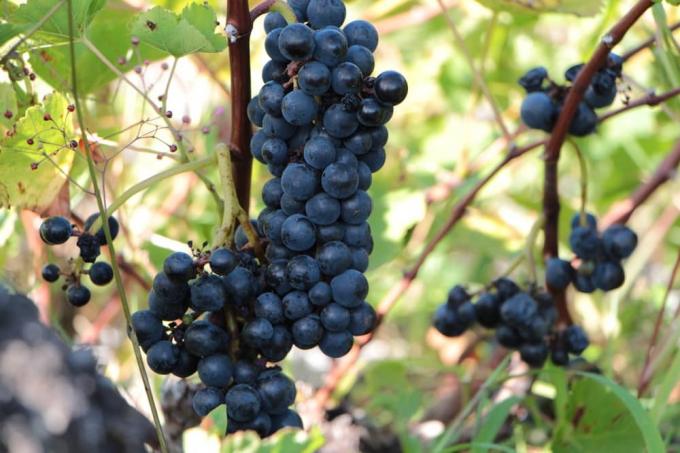
multiply grapevine | 9 tips for cuttings and sinkers
Grape vines are not just a decorative way of greening house walls or trellises. They also deliver fresh grapes for eating or pressing. And if you grow it yourself, you can be sure that no pesticides will spoil the joy of the delicious fruits.

Precultivating Plants | 8 tips for healthy & cheap plants
When pre-cultivating, you give the young plants optimal starting conditions, so that you benefit from many advantages. If you consider aspects such as nutrient requirements, timing and location, you will succeed in cultivating heat-loving plants and slow-germinating seeds.


